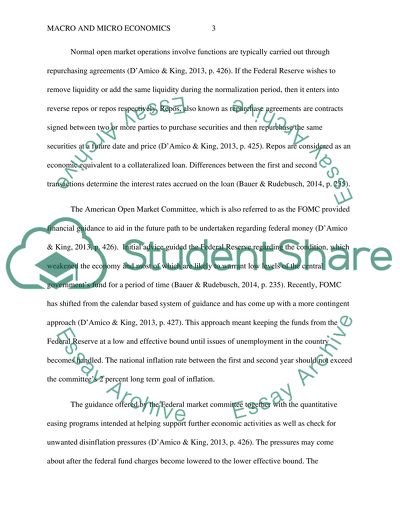Cite this document
(“Macroeconomic Policies Used by the Federal Reserve Essay - 5”, n.d.)
Macroeconomic Policies Used by the Federal Reserve Essay - 5. Retrieved from https://studentshare.org/macro-microeconomics/1700796-describe-and-evaluate-the-main-macroeconomic-policies-used-by-the-american-government-and-the-federal-reserve-over-the-last-two-years
Macroeconomic Policies Used by the Federal Reserve Essay - 5. Retrieved from https://studentshare.org/macro-microeconomics/1700796-describe-and-evaluate-the-main-macroeconomic-policies-used-by-the-american-government-and-the-federal-reserve-over-the-last-two-years
(Macroeconomic Policies Used by the Federal Reserve Essay - 5)
Macroeconomic Policies Used by the Federal Reserve Essay - 5. https://studentshare.org/macro-microeconomics/1700796-describe-and-evaluate-the-main-macroeconomic-policies-used-by-the-american-government-and-the-federal-reserve-over-the-last-two-years.
Macroeconomic Policies Used by the Federal Reserve Essay - 5. https://studentshare.org/macro-microeconomics/1700796-describe-and-evaluate-the-main-macroeconomic-policies-used-by-the-american-government-and-the-federal-reserve-over-the-last-two-years.
“Macroeconomic Policies Used by the Federal Reserve Essay - 5”, n.d. https://studentshare.org/macro-microeconomics/1700796-describe-and-evaluate-the-main-macroeconomic-policies-used-by-the-american-government-and-the-federal-reserve-over-the-last-two-years.


